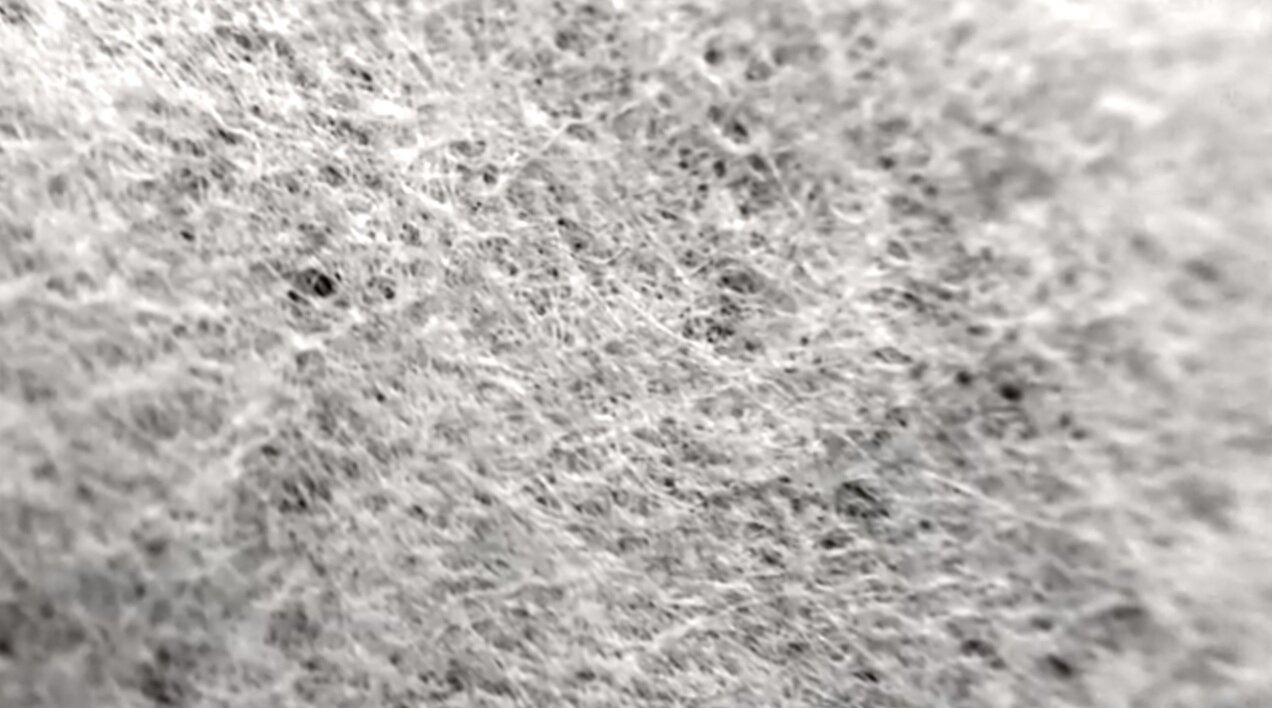Capillary Action: Watercolor Flowers
Capillary action was first recorded by Leonardo da Vinci. Since then, we have learned that capillary action is incredibly important for life on earth. In addition to cool chemistry experiments, the human body uses capillary action to sustain our cells. Plants absorb and transport water from the Earth using their roots which utilizes capillary action. In this experiment, you will explore how capillary action works to move water through a coffee filter, combining art and science!
Learning Objectives:
Practice fine motor skills including pinching, twisting, and folding
Combine art and creativity with science to encourage play learning
Explore materials related to the experiment
Utilize science tools
Practice literacy skills through recorded observations
Let’s Begin!
Materials:
Cup
Washable Markers
Pipe Cleaners
Coffee Filters
Directions:
Observe the materials. Examine the coffee filter using a magnifying glass. What do you notice? Record your observations in the worksheet.
Using the washable markers, color the coffee filter. Have fun and be creative!
Fold the coffee filter into a flower. First, fold your coffee filter in half. Then fold it into thirds. Finally, fold it in half one more time. It should be the shape and size of a small triangle
Fill the cup with a little bit of water
Place the tip of the coffee filter into the water
Observe how the water moves through the filter. You may need to adjust the filter to help the water spread.
Once the water has completely moved through the filter, remove it and lay it flat.
Pinch the middle and turn your flower over.
Twist the part you have pinched and wrap your pipe cleaner around it.
Exploring the Experiment
In this experiment, the water seems to defy gravity as it moves in an upward direction. This is called capillary action. Capillary action occurs when a liquid, such as water, flows into narrow spaces. In this experiment, the porous make-up of the coffee filter creates a web of tiny spaces for the water to occupy as it flows up.
Capillary actions occurs because of two factors: cohesion and adhesion.
Cohesion is a force of attraction between molecules of the same substance. These forces include surface tension. For cohesion, molecules of a feather stick together.
Adhesion is a force of attraction between molecules that are not the same. For adhesion, opposites attract.
These forces in combination with tiny spaces, allow water molecules to stick to each other and the coffee filter to flow against gravity.
Things to Try:
Observe capillary action using other household materials. What other materials might enable capillary action? Using a magnifying glass, investigate other items such as sponges, washcloths, and paper towels. Which of these materials allow capillary action and which ones don’t? Make hypothesis and draw conclusions about why that might be happening.
Instead of holding you paper vertical, lay your paper horizontal. Does the water spread as efficiently? What can you do to make the water spread faster? What can you do to make the water spread over a larger area? Be sure to control your variables by only changing one thing at at time!
Explore how viscosity (or the thickness of a liquid) is related to capillary action. Compare water to thicker liquids such as oil or 100% milk. Does capillary action work for thicker liquids?
©STEMSpark LLC 2020



